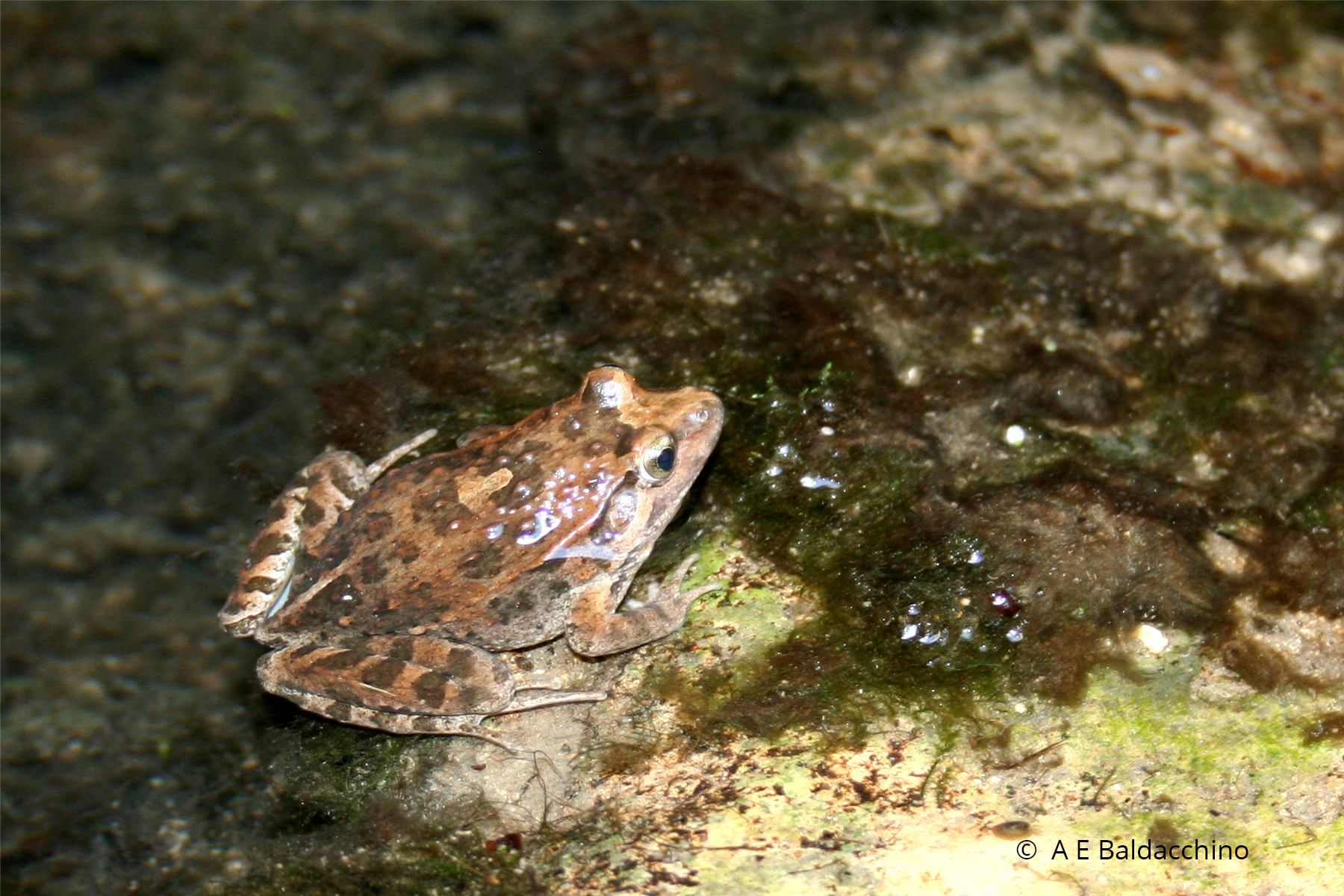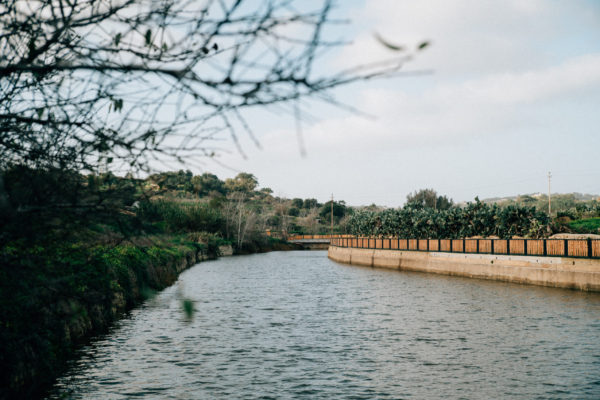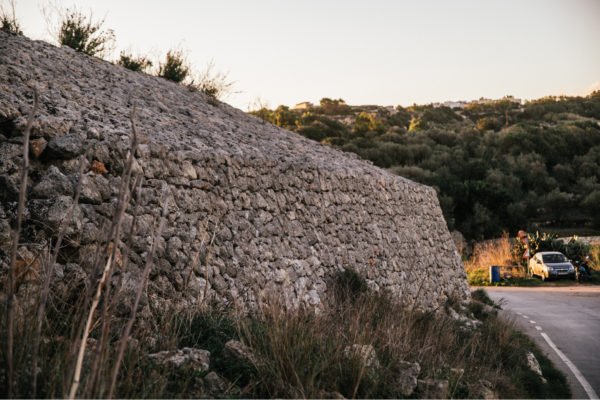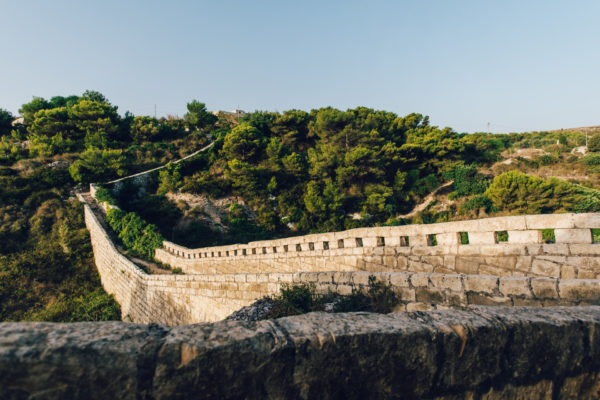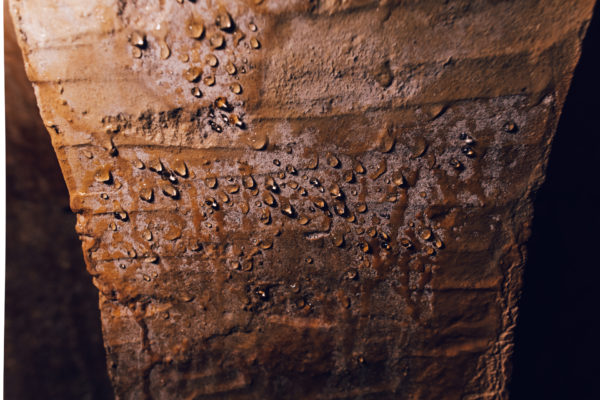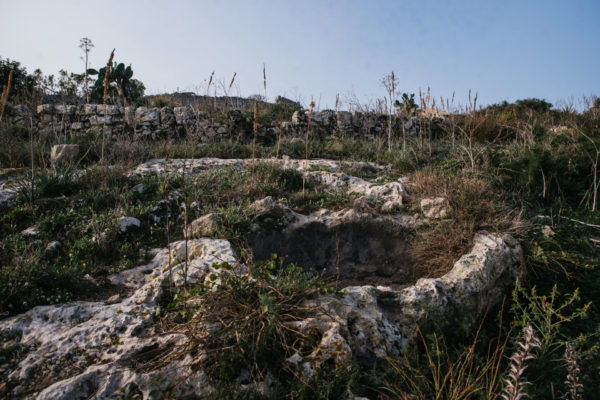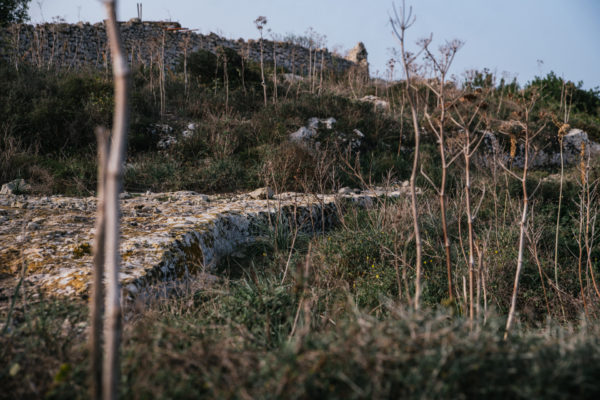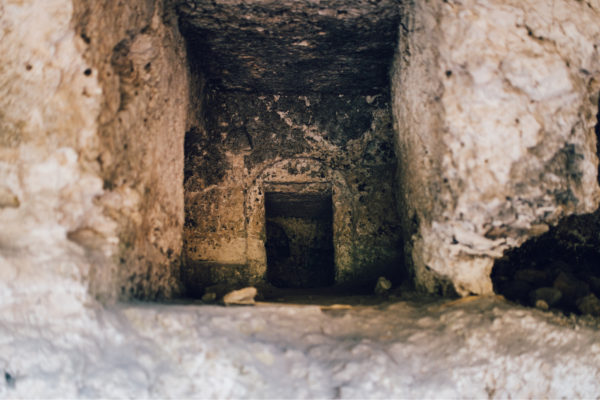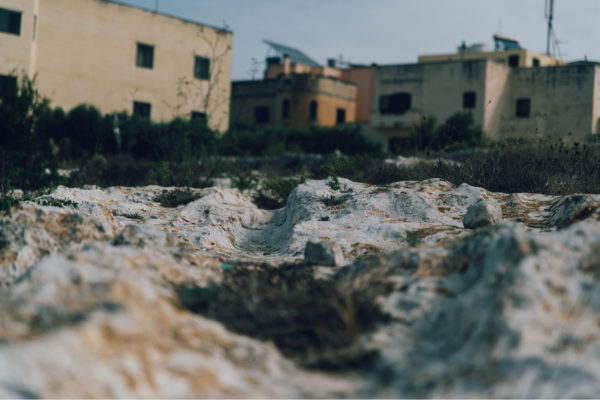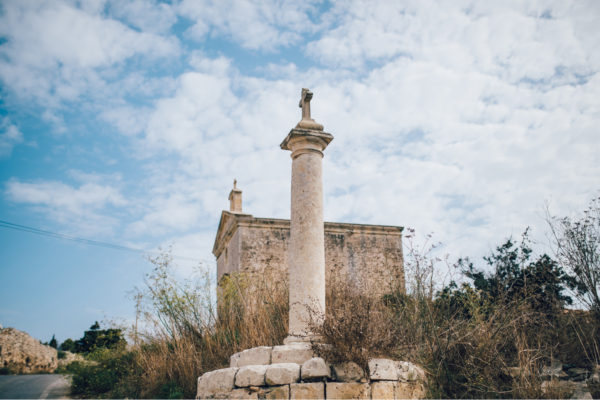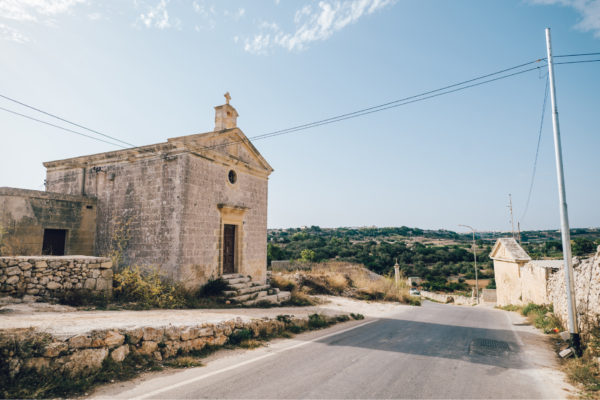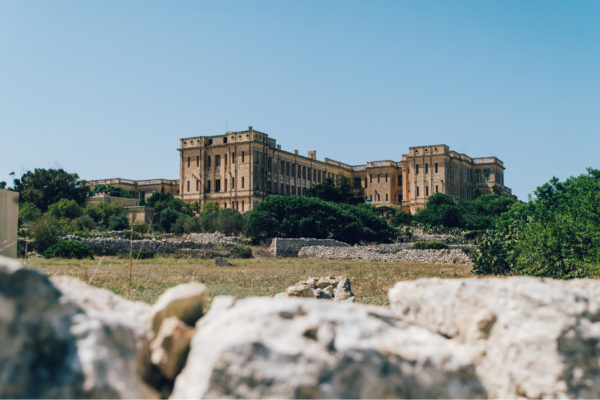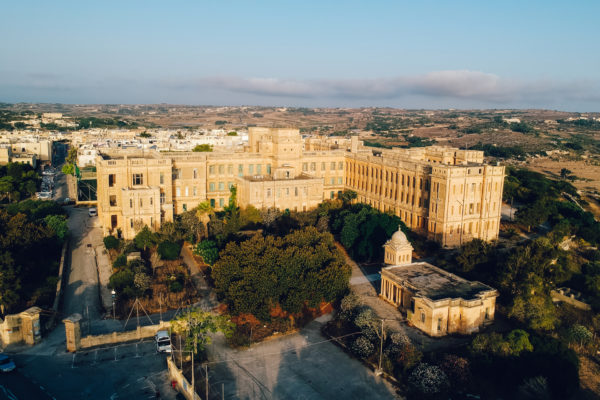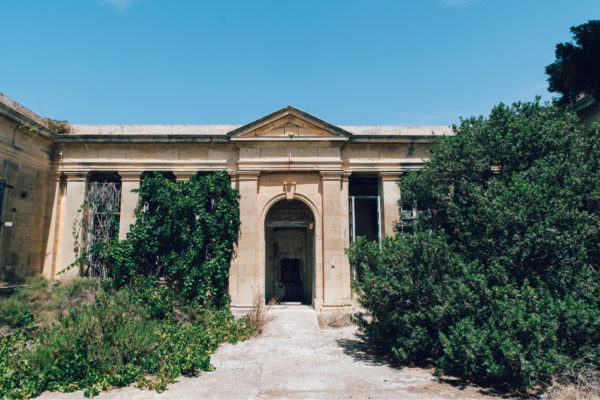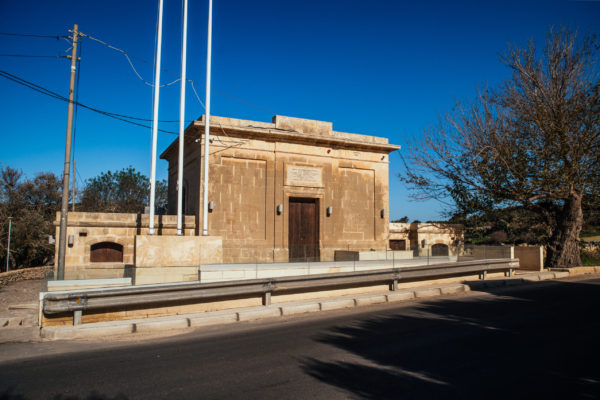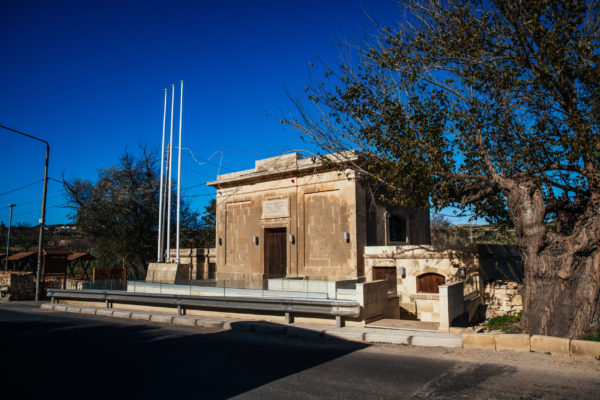
The Painted frog is the only amphibian found in the Maltese Islands, also found in Sicily and in African countries bordering the Mediterranean. Its population at Chadwick Lakes is the largest in the Maltese Islands, though it can also be found in Buskett, in Gozo, and in many a man-made cisterns.
Its body is rather fat, having a flat head, wider than it is long, and a whitish belly. The frog displays variations in its markings: either uniformly coloured; or displaying two dark brown longitudinal bands, a bright band on its back, and two bright ones along its sides; or having large dark spots with bright edges.
The females mate with different males, laying a small clump of about 20 to 50 eggs after each copulation. In one night, females can lay a total of 500 to 1000 eggs.
The eggs usually 1.0 to 1.5 mm in diameter are surrounded by a 3.7 mm gelatinous cover. They group together either on the water surface or at the bottom.
Tadpoles, about 3 mm long, hatch from the eggs after 2 to 6 days. These grow to about 33 mm during one to three months after hatching during which time they slowly lose their tail and change to small 10 mm froglets.
The Painted frog was more common than it is today, even at Chadwick lakes. But because of climate change, less rainfall, more polluted water, and the ever increasing number of invasive species, notably the American Cray fish at Chadwick lakes, and the Levant Water frog in Gozo its population is being threatened.
The Painted frog and its tadpoles are protected in the Maltese Islands by Legal Notice 311 of 2006, and also protected by the Bern Convention. It is also listed in the Red data Book for the Maltese islands.

